1. The Sting of the Sequel Trilogy
Looking back at the 2015 release ofStar Wars: Episode VII - The Force Awakens, it was a time of excitement and rabid anticipation for fans of theStar Warssaga—and the movie-going public in general.
But as the trilogy wrapped up, it became blindingly obvious that they never had a coherent plan in place from the first film.
In an age where blockbuster movies are planned out as massive stories that encompass many films, the people at Disney opted for the old fashioned approach—to wing it as they go—which backfired. What we got was a pastiche of conflicting ideas from different people.
It’s in stark contrast withThe Mandalorian, a series featuring Filoni and Favreau at the helm, directing the story with a singular shared vision.
And it put a sting in the eyes of fans. A sting so strong that it has put many off from seeing any futureStar Warsmovies, as evidenced bySolo: A Star Wars StoryandStar Wars: Episode IX - The Rise of Skywalkerboth underperforming at the box office.
The fans have had enough of this mishandling of the movie franchise, and Disney knows it would take a miracle to restore the public’s interest in moreStar Warsmovies. That’s why Disney currently has no concrete plans to produce any further films.
2. In-Depth, Long-Form Storytelling
A trilogy of movies that are each approximately 2.5 hours long isn’t exactly short-form storytelling. But the fact that the movies are separated by two-year-long waits can make the narrative experience feel dull—especially when the narrative itself is unimaginative.
On the other hand, when you’re engaged in a TV series that unfolds week-by-week, year-by-year, there’s a feeling of certainty to it. A feeling that the story can keep unravelling for a long time, as it needs.
The long-form approach of a series likeThe Mandalorianbenefits the franchise more than the movies do. The Skywalker saga has come to an end. It’s time to explore the rest of theStar Warsuniverse in a more long-form style—the kind proven successful byThe Mandolorian.
Related:The coolest Star Wars characters, ranked
3. Fully Expanding the Star Wars Universe
Audiences enjoyedRogue One: A Star Wars Storybecause it told the story of how the Rebel Alliance gained the plans to the Death Star, leading to the events ofStar Wars: A New Hope.
The movie expanded the universe on the big screen while telling a tale that fans wanted to see. It also featured Darth Vader, which played a non-trivial role in boosting seat numbers.
Disney missed that when they greenlitSolo: A Star Wars Story. It had nothing to do with the Skywalker saga, therefore it lacked pull to gain large-scale traction. Not to mention the absence of Harrison Ford.
Expanding theStar Warsuniverse isn’t a bad idea by any means, and fans want to see more of these stories play out on their screens. But it’s best done on small screens, not the big one, where it can be consumed by fans without dependence on box office results for a future.
There are legions who love what George Lucas created, and all of them have their ideas on where it should go. Creating various series that explore these numerous paths is the best way forward for Disney’s ownership of theStar Warsproperty.
4. New Filmmaking Tech & Techniques
WhenThe Mandalorianbegan production, it had the advantage of having Jon Favreau lead the series. His previous work onThe Lion Kinghad opened his eyes to a new type of technology that rendered virtual reality to film sequences, eliminating the need for a camera.
When he filmedThe Mandalorian, he wanted to use an inspired process to create a living film set that did away with green screen production—so he went back to the talented folks at Industrial Light & Magic, with whom he’d worked onThe Lion King.
ILM came up with a technology called StageCraft, which renders a moving wall with video images projected onto it that react in real-time.
StageCraft technology has had a massive impact on film production. With this, blue screen and green screen production are obsolete. It makes the lives of production teams and actors easier, as they can now see what they’re reacting to in real-time.
For the first time in history,Star Warsno longer has to “go” anywhere to be filmed. Modern technology can replace location shooting, making it practical and affordable to shoot stories of a more varied nature.
Making aStar Warsmovie costs Disney hundreds of millions of dollars. And sure,The Mandalorianhas a season budget of around $100 million. But that’s considerably less than the production budget forThe Rise of Skywalker, which came in at $275 million.
Read next:The best behind-the-scenes documentaries for iconic movies



![]()
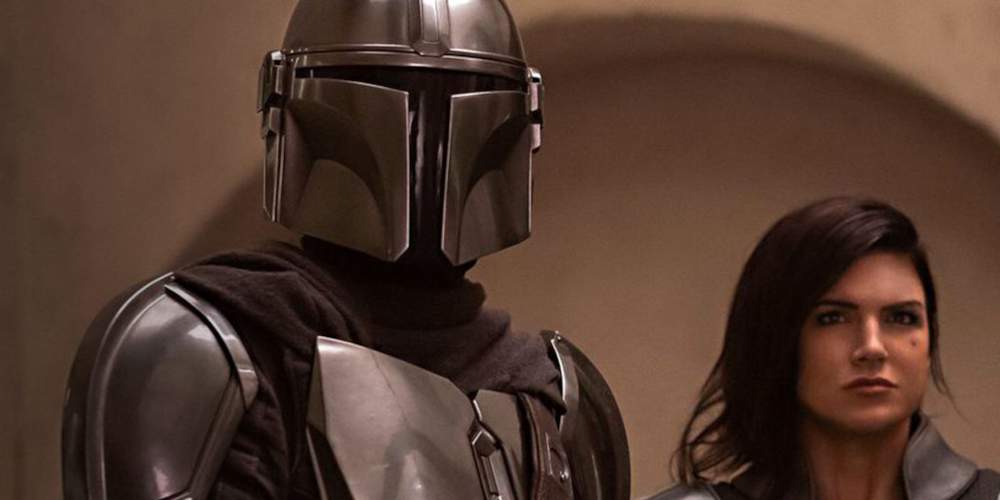
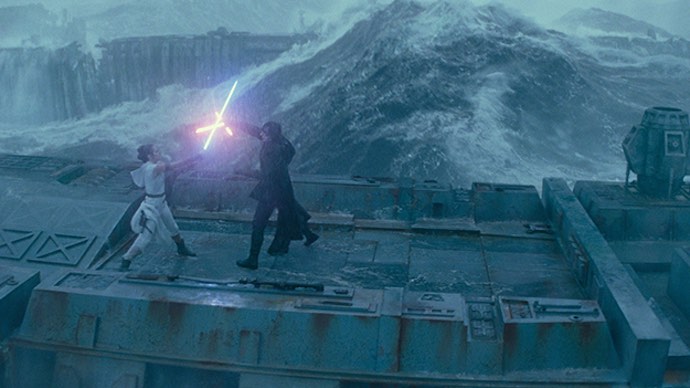
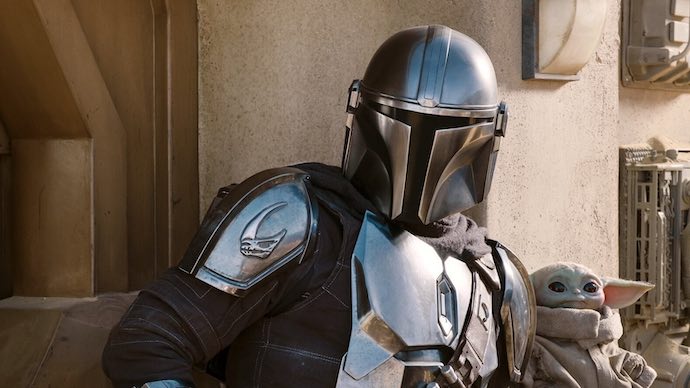
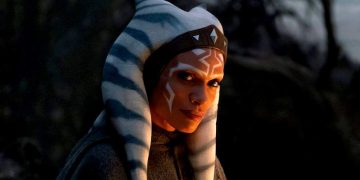
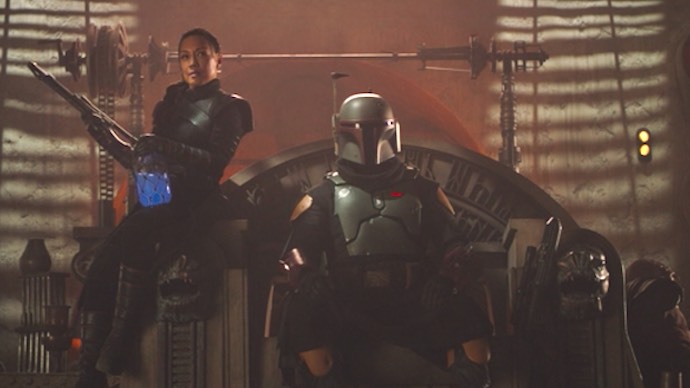
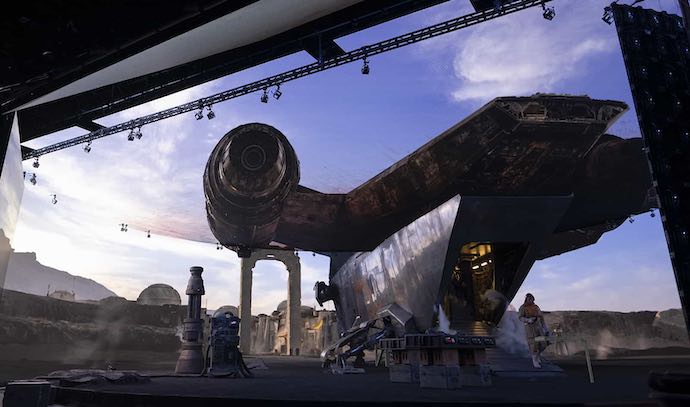
![]()
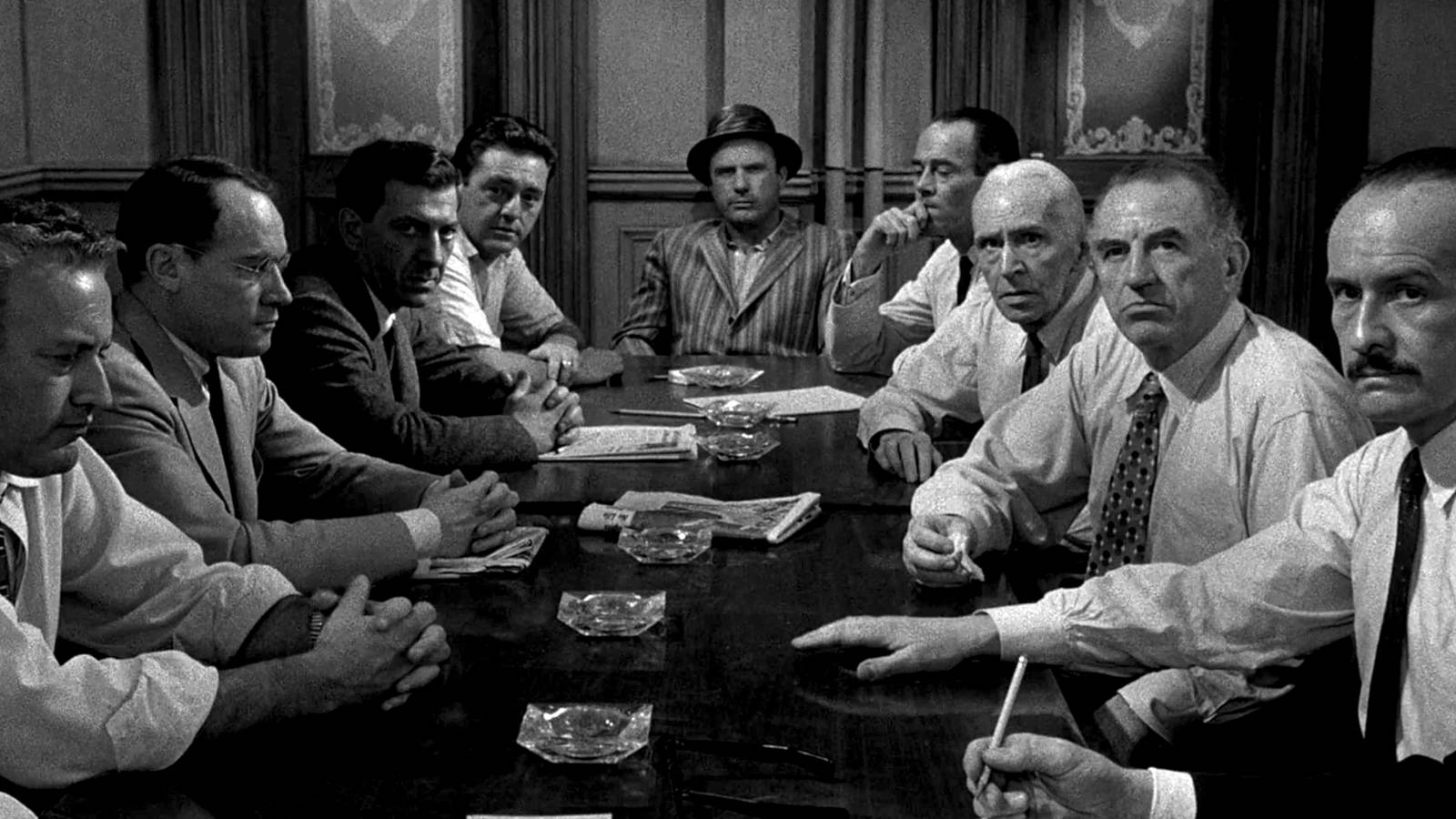
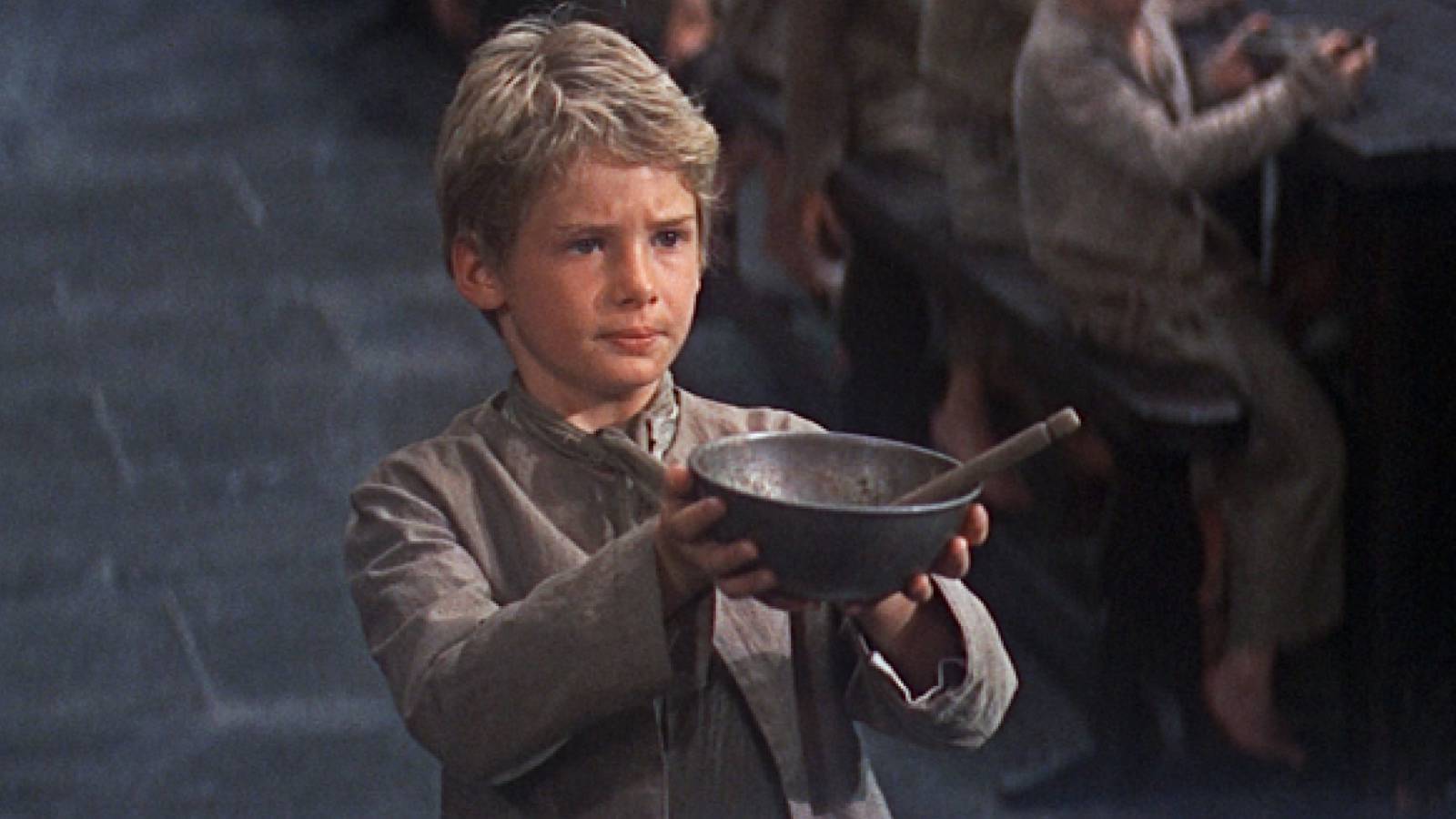
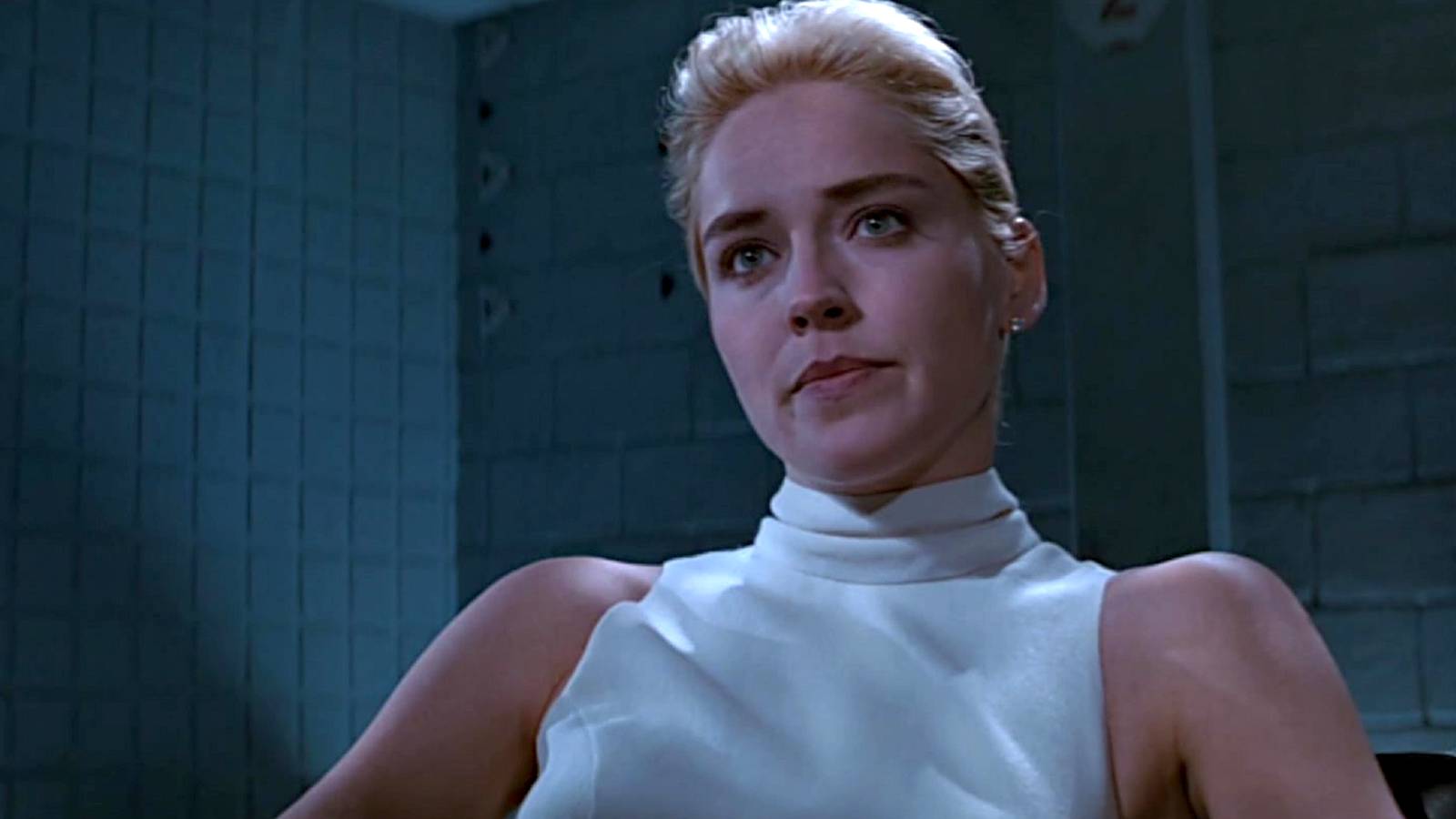
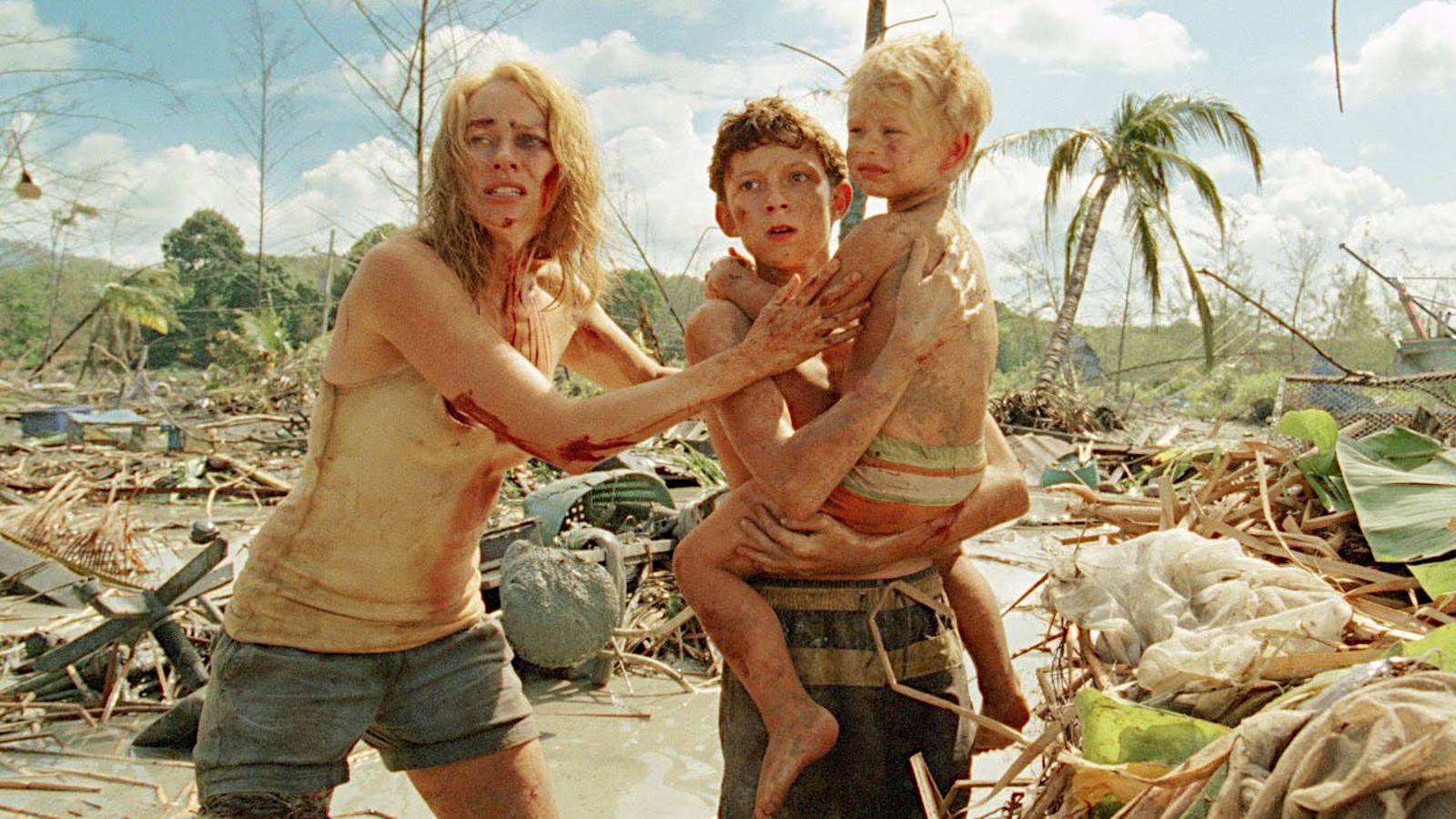
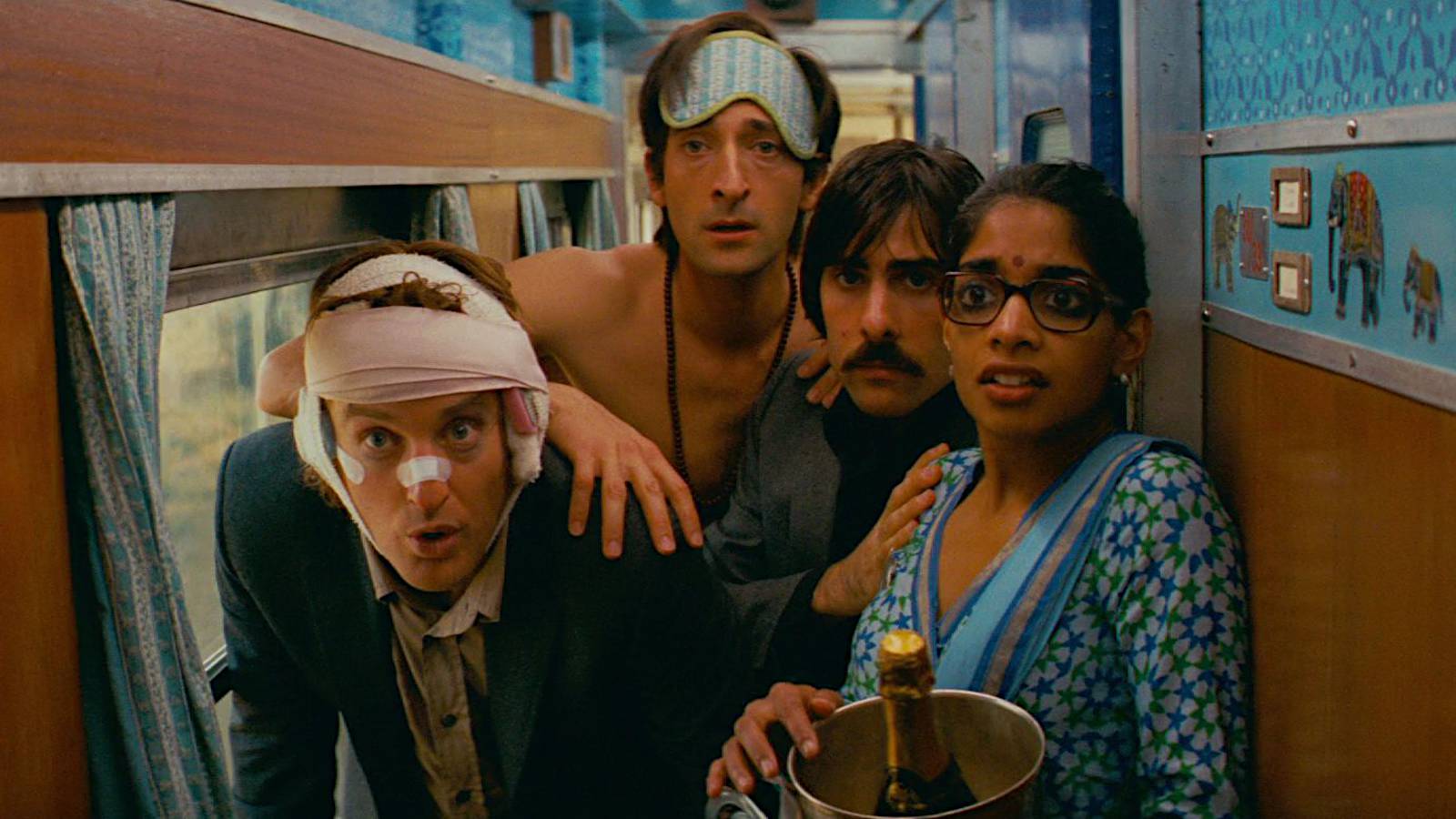
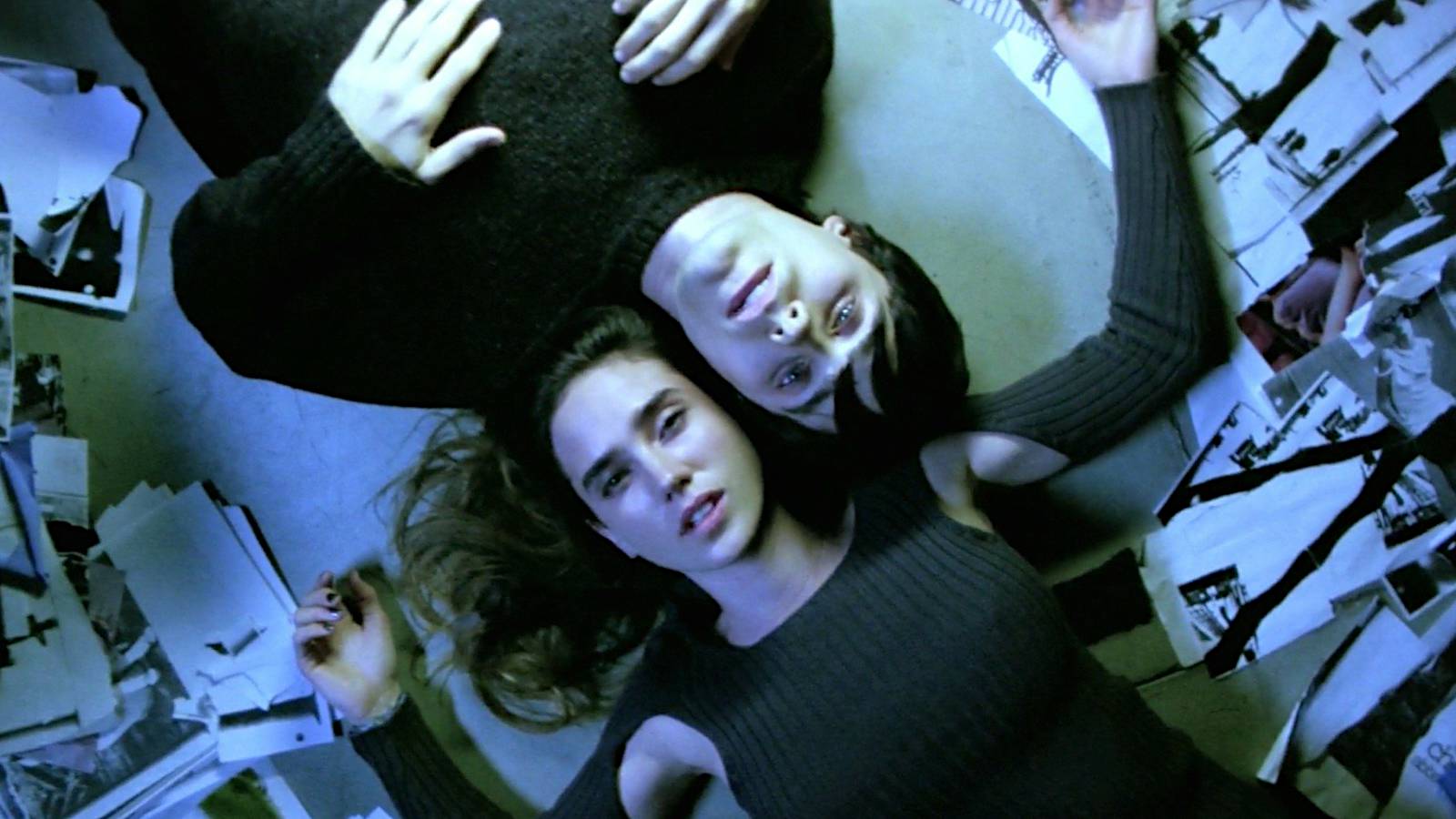
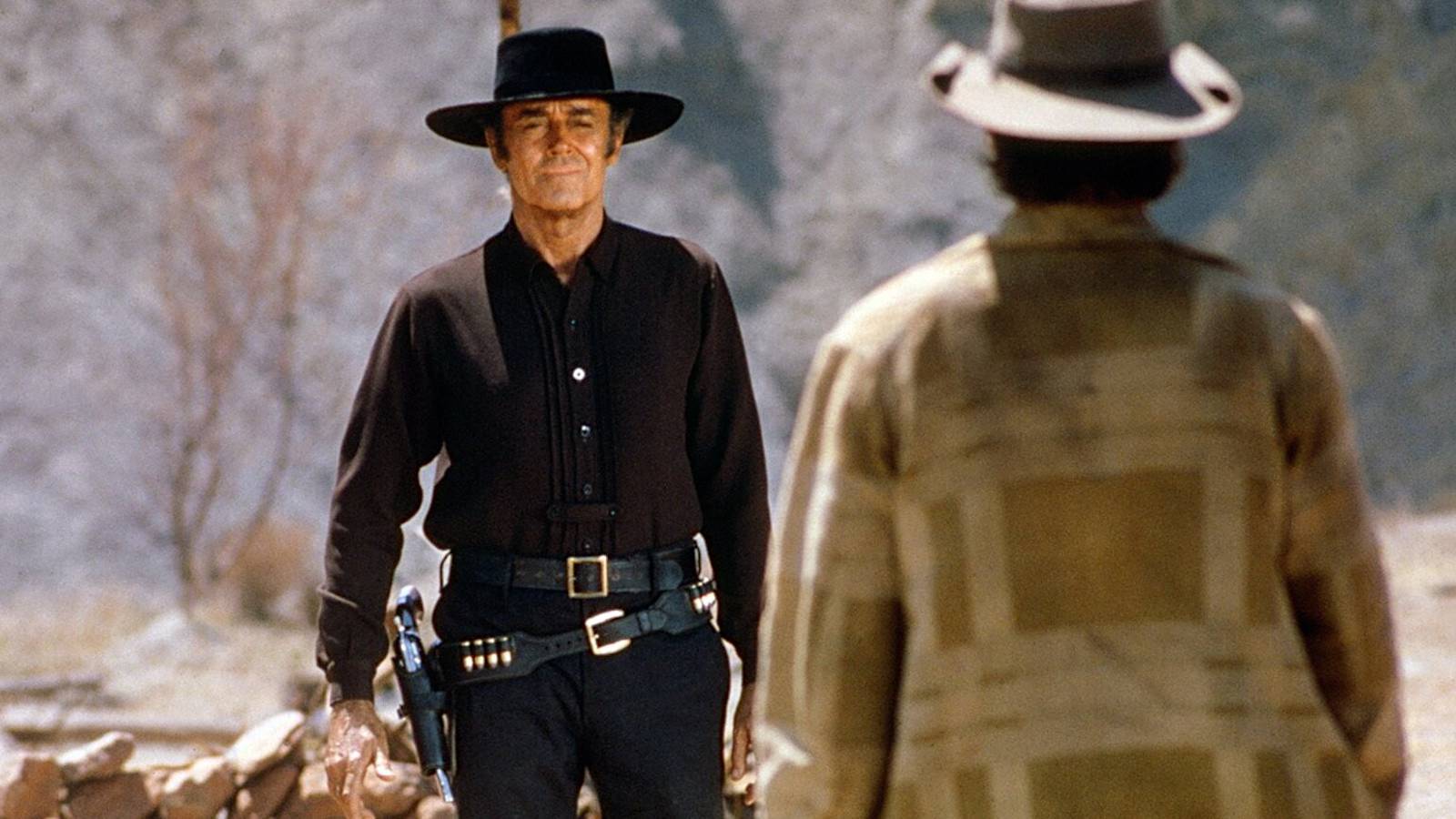

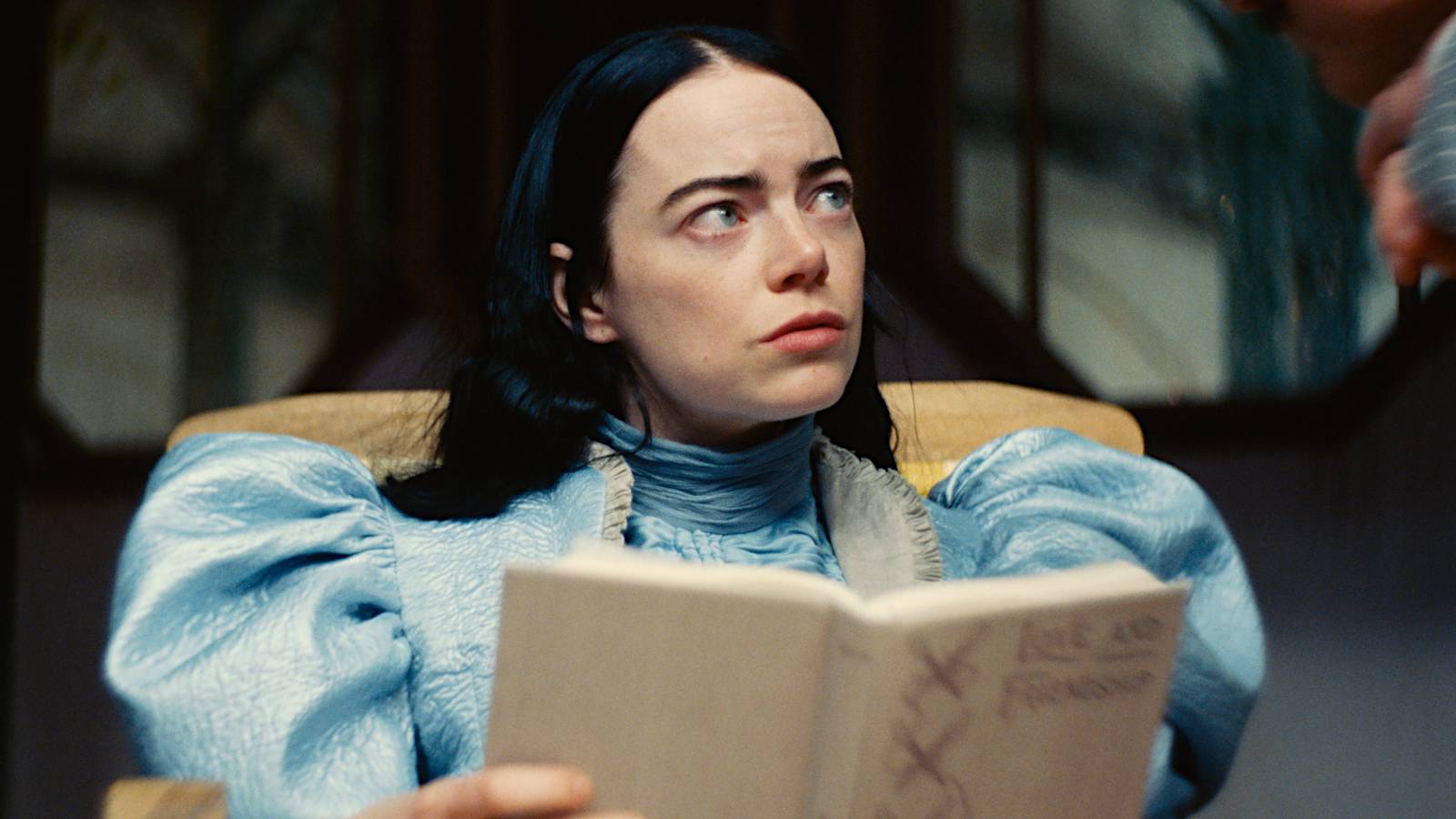
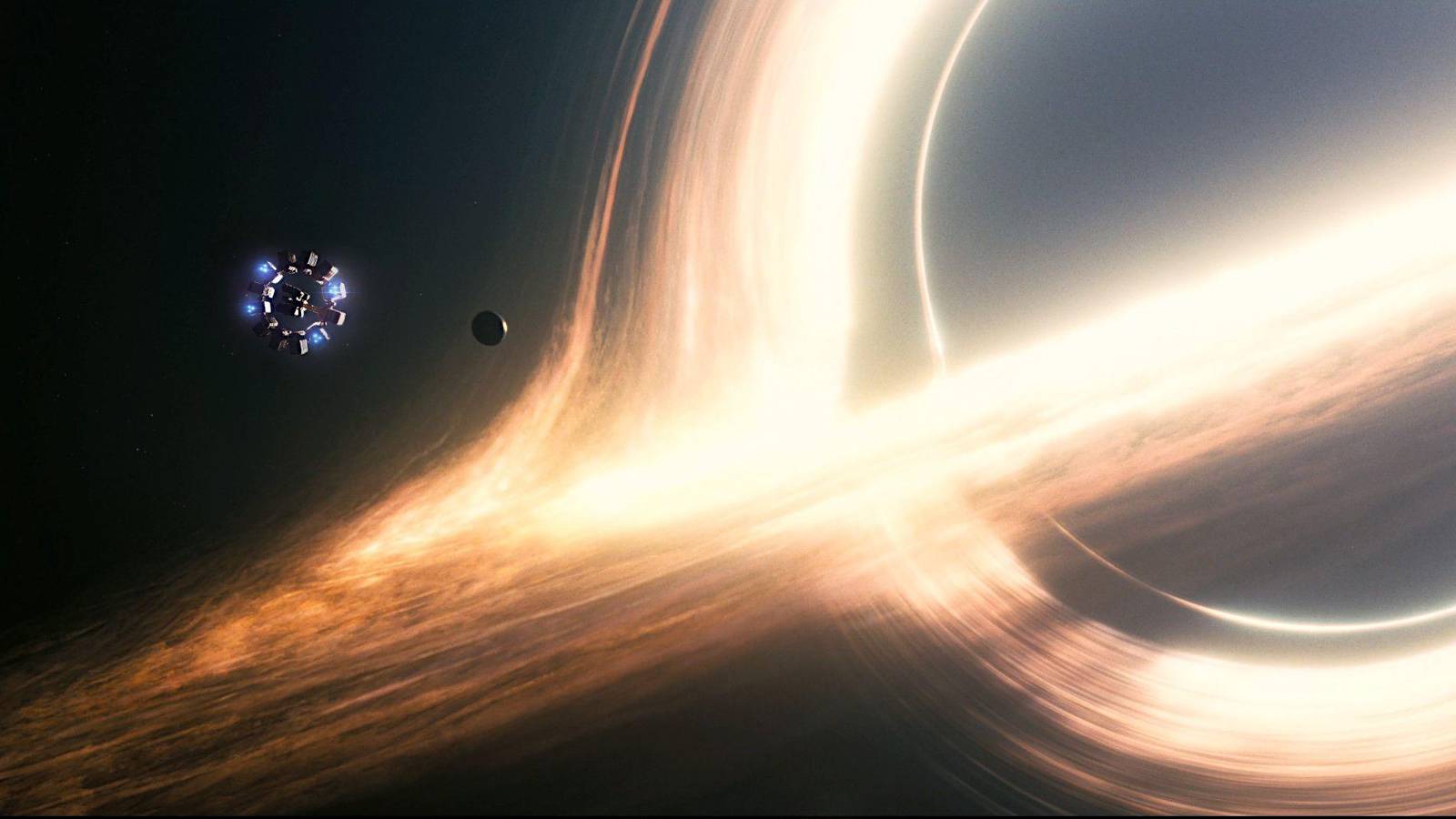

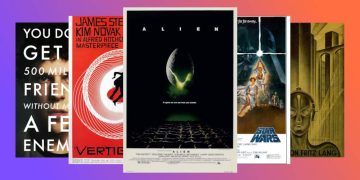
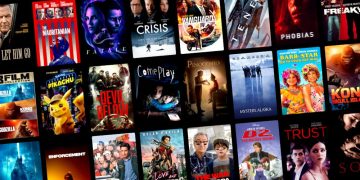
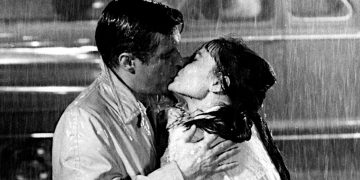
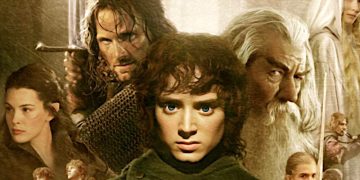



![]()




